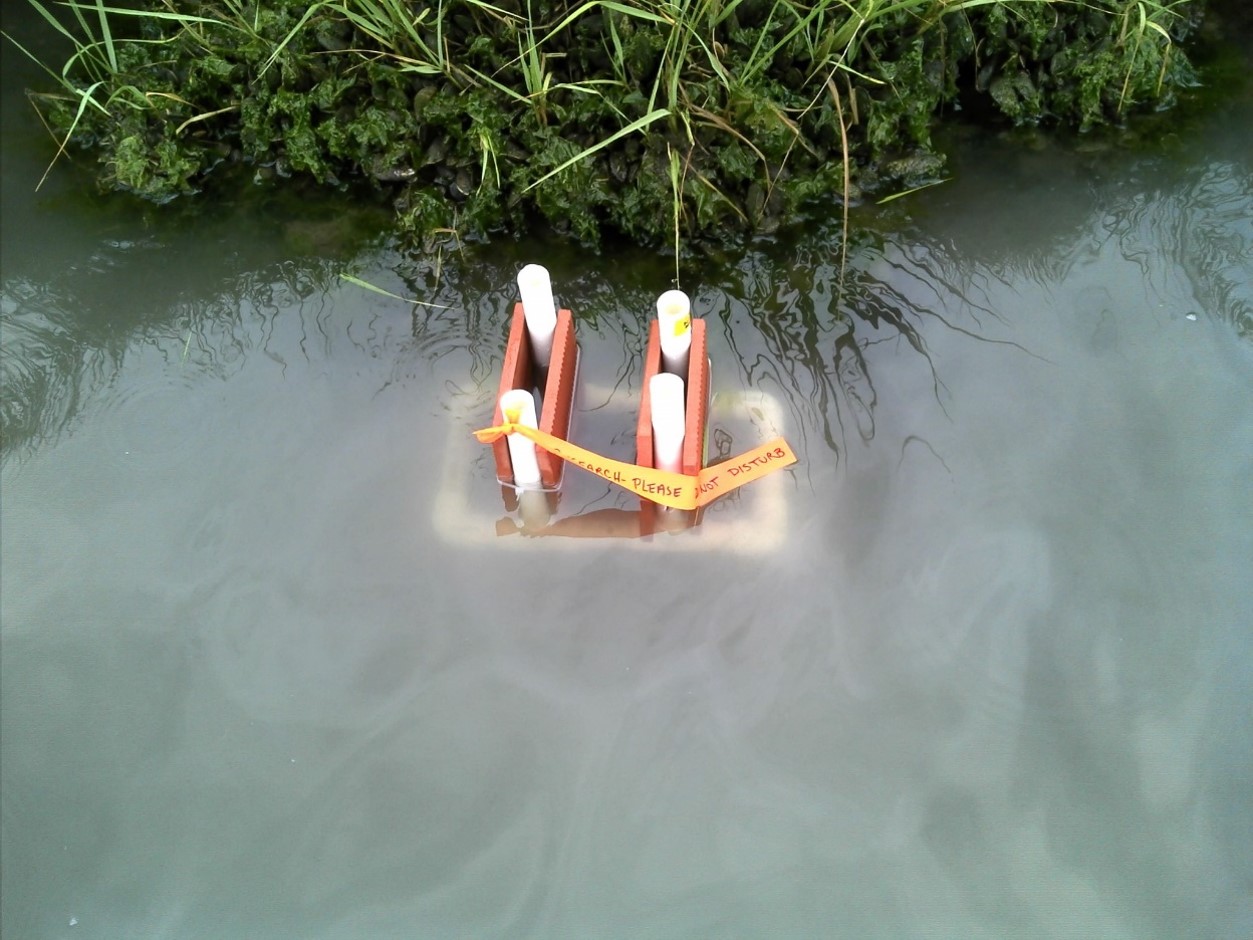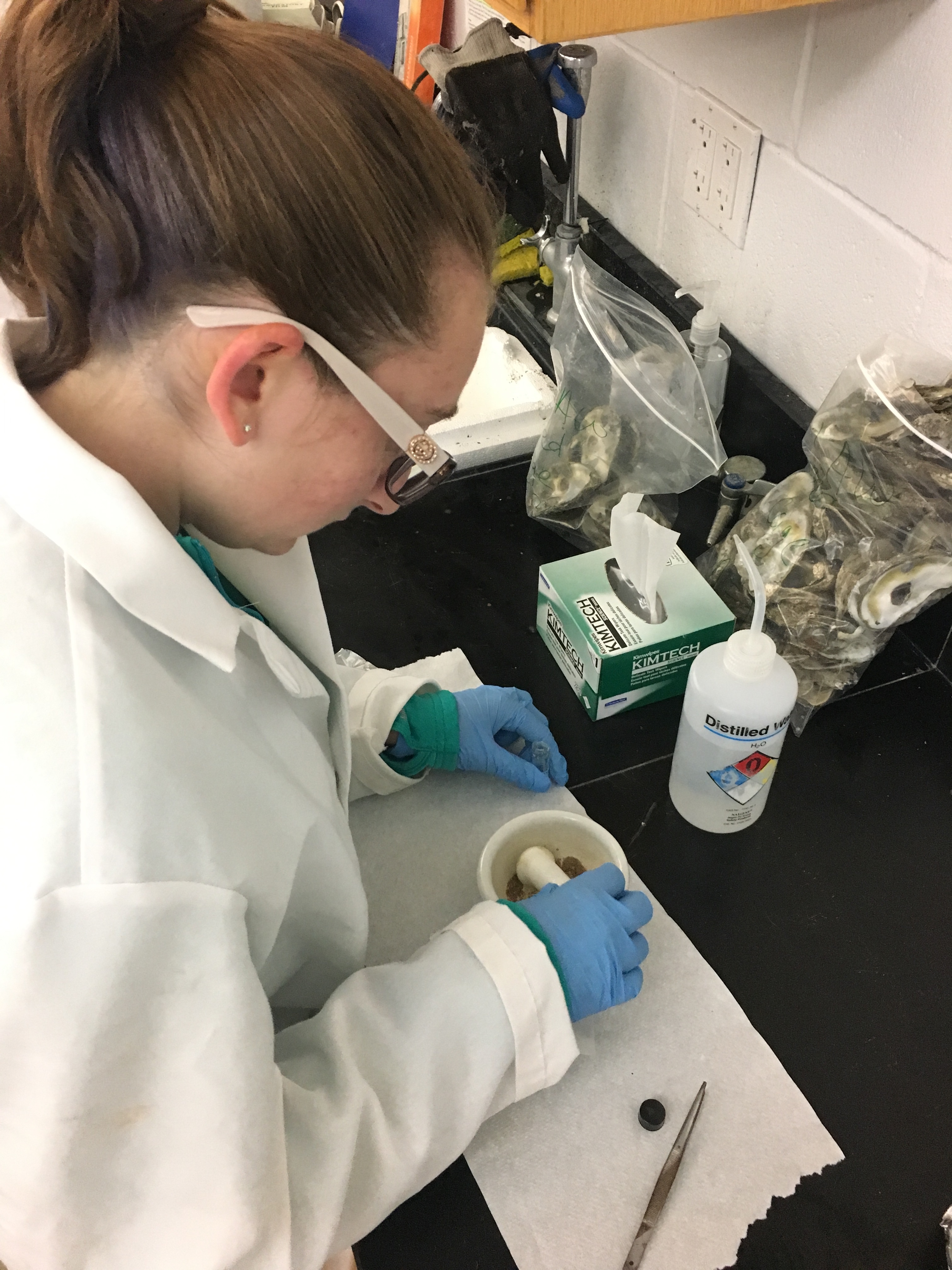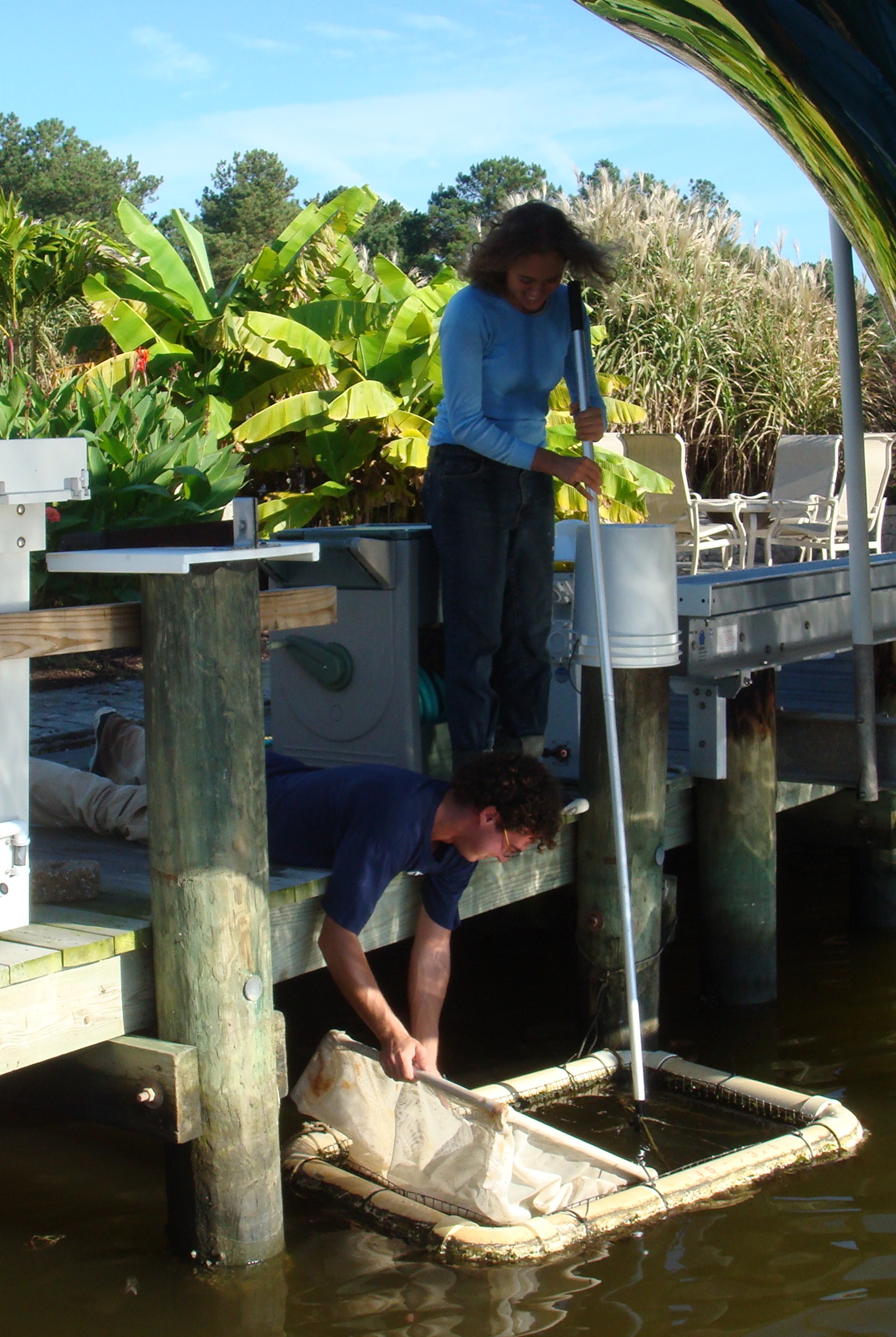Oyster aquaculture may be an economically viable solution to revive oyster populations and restore estuarine ecosystems.
The Eastern oyster (Crassostrea virginica) is a keystone species in Atlantic estuarine ecosystems. Like corals, oysters are considered ecosystem engineers. They have a unique ability to both physically and chemically alter their habitat. These bivalves are often a signal for healthy ecosystems because of their water filtration capabilities, since they can reduce water turbidity and pollution. Oyster beds also create habitat and act as a nursery for juvenile fish, providing foraging ground and protection from predators. However, since the mid-1900s, there has been sharp decline in oyster populations along the Atlantic coast due to overharvesting, habitat loss, and pathogen attacks. MSX and Dermo are two oyster diseases, affected by water temperature and salinity, that are responsible for many of the oyster declines along the East coast.
Ecosystems where oysters had formerly played key roles have shifted dramatically. Habitats that were once swimming with large bottom-dwelling organisms are now degraded and home to small pelagic and microbial organisms. Oyster population decline has also meant a decline in water quality since populations are no longer large enough to effectively filter water contaminants. In parallel, growing urbanization and nutrient runoff from agriculture have increased water contamination levels in many areas. Now, more than ever, the oyster is needed to help restore and maintain water quality and estuary habitats.

Luckily, oyster aquaculture may be an economically viable solution to revive oyster populations and restore estuarine ecosystems.
Research by Delaware State University (DSU) in the Delaware Inland Bays is underway to assess the impacts of introducing oyster aquaculture to degraded estuary habitats. The bays currently being researched have high levels of nitrogen from several non-point sources, including fertilizer runoff, animal waste, and wastewater, which is leading to eutrophication. Non-point source pollution is particularly difficult to track because this pollution comes from many places within a large geographical area. To assess the different sources of nitrogen, DSU researchers are measuring stable isotopes of nitrogen (δ15N), in oysters themselves. Stable isotopes are useful when tracking non-point source pollution because different sources (e.g. human wastewater, poultry waste) and processes have distinct δ15N values. Preliminary results from oysters have shown that δ15N values of nitrogen pollution are characterized by relatively distinct signals. Additionally, the signatures show that oysters are filtering and removing some of the extra nitrogen, reducing the nitrogen loads of the bays.
Results from this research will help to determine if use of oyster aquaculture in a highly degraded bay area can be a feasible solution for restoration plans.
Results will also be used to raise awareness of how pollution impacts local estuaries, and to pinpoint viable solutions for improving ecosystem health and water quality. By understanding what sources of nitrogen pollution are impacting the bays and tracking geographic areas using the δ15N values, environmental agencies will be able to examine new land management techniques to reduce non-point source pollution.


By Melanie Fuoco1, Deb Jaisi2 and Gulnihal Ozbay1
1College of Agriculture and Related Sciences, Delaware State University, Dover, DE
2Department of Plant and Soil Sciences, University of Delaware, Newark, DE

